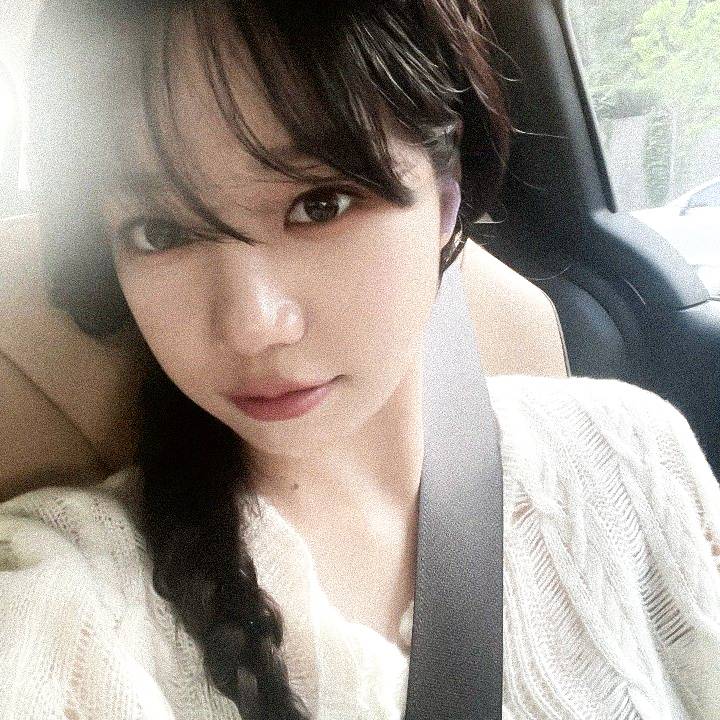21st Century Q1
Cards (29)
- Literature: is derived from the word "littera“ (Latin) which means "a letter of the alphabet".
- Literature: is traditionally defined as body of written works associated to imaginative and creative works of poetry and prose and can be classified according to variety of systems such as language, national origin, historical period, genre and subject matter.
- Literature can either be in oral or written form.
- Literature Text: The products of written literature.
- Characteristics of Literary Text:
- it narrates a story
- it expresses feelings, thoughts, and ideas which can either be based on the imagination or real-life experiences of the author or other people; and
- it delivers significant information and crosses boundaries of time, places, cultures and languages.
- Literary Structure:
- refers to the organizational method used in literature in which the most common type is the narrative.
- is not only limited to content and form but this may also refer to "the general features or characteristic of genre, style, a specific literary trend, literature as an art form, and finally, art as a whole“
- Major Forms of Literature: Poetry & Prose
- Poetry: This literary type is usually written in lines and is characterized by having the element of rhythm, sound, imagery, and form. Its main purpose is to express feelings, thoughts, and ideas.
- Prose: This literary piece applies a natural flow of speech and grammatical structures which are mainly consisting of complete sentences arranged logically and sequentially in a paragraph form.
- 3 Types of Poetry: Narrative Poetry, Dramatic Poetry, and Lyric Poetry
- Narrative Poetry: This poetry tells a story and has the elements of a narrative such as characters, setting, conflict, etc.
- Dramatic Poetry: This is an emotionally appealing drama written in verse that tells a story and is intended to be recited or sung in front of the audience by a character speaking in poetry.
- Lyric Poetry: It is the most common type of poetry that focuses on expressing feelings rather than telling a story.
- 2 Types of Prose: Fiction & Non-Fiction
- Fiction: This serves as a product of the writer's wild imagination and creative thinking where the characters react to the conflict and various issues central to the main idea of a literary work. Its three types are: short story, novel, and novella. The main genres are crime, fantasy, romance, science fiction, western, inspirational, historical fiction and horror.
- Non-Fiction: These are stories inspired by real events where the writers aim to present, interpret, or describe experiences based on facts. The judgments, opinions, and commentaries of the writers may be presented in the form of essays, journals, diaries, feature articles, editorials, and the like.
- Literary Elements:
- Character
- Setting
- Plot
- Theme
- Conflict
- Point of view
- Essential Elements of Poetry: Imagery, Form, Rhythm & Sound
- Imagery: the reason why we see pictures in words.
- Form: free verse, couplet, limerick, etc.
- Rhythm & Sound: are the key ingredients that give poetry a musical effect.
- Literary Traditions:
- The term "Traditions" refers to the specific traits of literary works that define a generation or period in history.
- “Is a collection of works that have an underlying interconnectedness and coherence that makes them more than simply a group of works sharing geography or group.
- Pre-Colonial Period: Our forefathers also valued words of wisdom for teaching values as evidenced by numerous proverbs or salawikain. Story telling was used to explain phenomenon and to teach lessons as well. Having bugtong or riddles was also a favorite past time and listening to narratives of bravery, magic, and heroism in epics was a box office hit.
- CONVENTIONAL LITERARY GENRES:
- Poetry
- Drama
- Fiction
- Nonfiction
- Poetry: is an imaginative awareness of experience expressed through meaning, sound and rhythmic language choices to evoke an emotional response. It has been known to employ meter and rhyme. The very nature of poetry as an authentic and individual mode of expression makes it nearly impossible to define.
- Drama: is a composition in prose or verse presenting in dialogue or pantomime a story involving conflict more contrast of character, especially on intended to be acted on a stage: a play. It may be any situation or series of events having vivid, emotional, conflicting or striking interest.
- Fiction: is literature created from the imagination, not presented as fact, though it may be based on a true story or situation. Types of literature in the fiction include the novel, short story and novella.
- Non-fiction: is based on facts and the author’s opinion about a subject. The purpose of non-fiction writing is to inform and sometimes to persuade. Its examples are biographies, articles from textbooks and magazines and newspapers.
- 21ST CENTURY LITERATURE GENRES:
- Illustrated Novel
- Digi-Fiction
- Graphic Novel
- Manga
- Doodle Fiction
- Text-Talk Novels
- Chick Lit or Chick Literature
- Six-Word Flash Fiction
- Creative Non-Fiction
- Science Fiction
- Blog
- Hyper Poetry
- Flash Fiction
